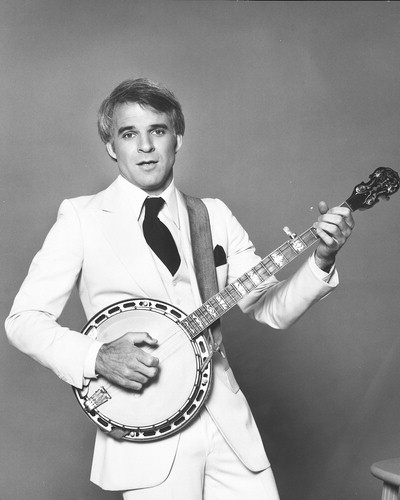It may seem strange to be starting the thread like this. But then sometimes an entertaining sidebar proves something you've felt all along.
My hypothesis is that music training is essential to developing timing in sports. Some people naturally have a sense of rhythm and timing, and don't need much in this regard. Other people need all the help they can get.
I have a tendency at times to blurt out exactly what I think. I have to temper that when at work, or in high society social situations. But in the dojo? Fair game in my book. If you can't have a thick skin in the dojo, you certainly aren't going to fare well in a self-defense situation. Mind you it's important to know that your teacher has your best interest in mind. That aside, it's important in my book to tell it like it is when it comes to self-defense opportunities.
These deficits rear their ugly heads most when I'm doing partner work with students. It could be yakusoku kumite, bunkai kumite, jiyu kumite... It's all the same. Timing is important - period. If you've mastered it, you can beat people much stronger and faster than you. If not, then you'd better hope you have raw athletic skills. And those? You have a decade or two window of time if you're lucky. After that, you're relying on abilities that have nothing to do with raw strength, speed, and power.
What I try to teach ALL my students is how to use timing and knowledge of human physiology and kinesiology to enter a window of opportunity that opens and shuts in a matter of milliseconds. It's somewhat akin to what a batter tries to do with a pitcher when trying to put wood on a ball. If he has some sense of the speed of the ball and can read the spin, he can anticipate when the ball can be in a zone of opportunity. He then times the swing of the bat to intercept the ball. The core muscles provide the caffeine and the peripheral muscles provide the precision of bat placement.
Kata teach us functional combinations which create windows of opportunity. If I stick a foot blade in someone's femoral crease, I can expect the head to come down and forward. That allows me a window of time to grab the head and smash my knee into the face. This in turn buys me enough time to take the person out with an attack to the back of the neck. From kick to neck shot, I've spoken a complete sentence using karate technique vocabulary and the grammar of human movement. I speak the words (techniques) of that language with a timing that makes sense given what's in front of me. I have expectations of what is going to be where, and make fine adjustments to phase-lock into where I need to be at each millisecond of time.
This is what I try to teach. More or less.
And then there are these students who will never get it - no matter how hard I try. The window of opportunity opens; the window of opportunity shuts. They look dumbfounded at what's in front of them and don't have a clue how to exploit it. They can't, right? Not fast enough, right?
Nope... That's not advanced martial movement. You shouldn't have to RELY on raw athletic skills.
So 9 times out of 10 when finding someone like this, I'll ask "the question." The conversation goes something like this.
.......... Bill: Have you ever played a musical instrument?
.......... Student: No
.......... Bill: I can tell.
.......... Student looks insulted...
.......... Bill: Can you dance?
.......... Student laughs hysterically
.......... Bill: Do you like to sing?
.......... Student: I may, but my neighbors feel differently about it all.
And so there you have it.
The intriguing thing about the peregrine falcon is the deficiency it brings to the table when hunting for prey. Right off the starting blocks, it's slower than its prey. So how in the hell is it going to get lunch?
Well...
What the falcon has evolved to doing is using gravity and aeronautical skills to outwit its faster prey. And once it has enough speed to INTERCEPT its prey - at a orthogonal trajectory no less - then it must aim and time its snatch at speeds around 200 mph. That's just friggin amazing.
The falcon in essence uses gravity plus perfect timing to catch a superior flier.
We can use martial sequences, maybe gravity now and then (with throws), and perfect timing to get a technique in the right place at the right time, and with the right speed differential in-between Person A and Person B.
But if you've never played an instrument and learned how to keep timing with a beat...
If you can't dance...
If you can't sing...
I can't help you.
Meanwhile... Look at these individuals who used concepts learned in music and quite possibly transferred their skills elsewhere in ways not intended. Mind you the following is possible. When it comes to their music in the off-hours...
"They are clearly using a brain system that has a different day job, so to speak."
But they're exercising important parts of their brain when they play music.
It's said that music helps with spacial thinking and reasoning. Ya think??

It's said that music can teach you timing. In comedy??


Can NBA players dance? You'd be surprised... or maybe not. Consider how BIG these players are, by the way. We're talking 7 footers. We usually think of tall people as being awkward.
NBA Stars Dancing 2008
Vince Carter and company
And is timing important in basketball?

- Bill




